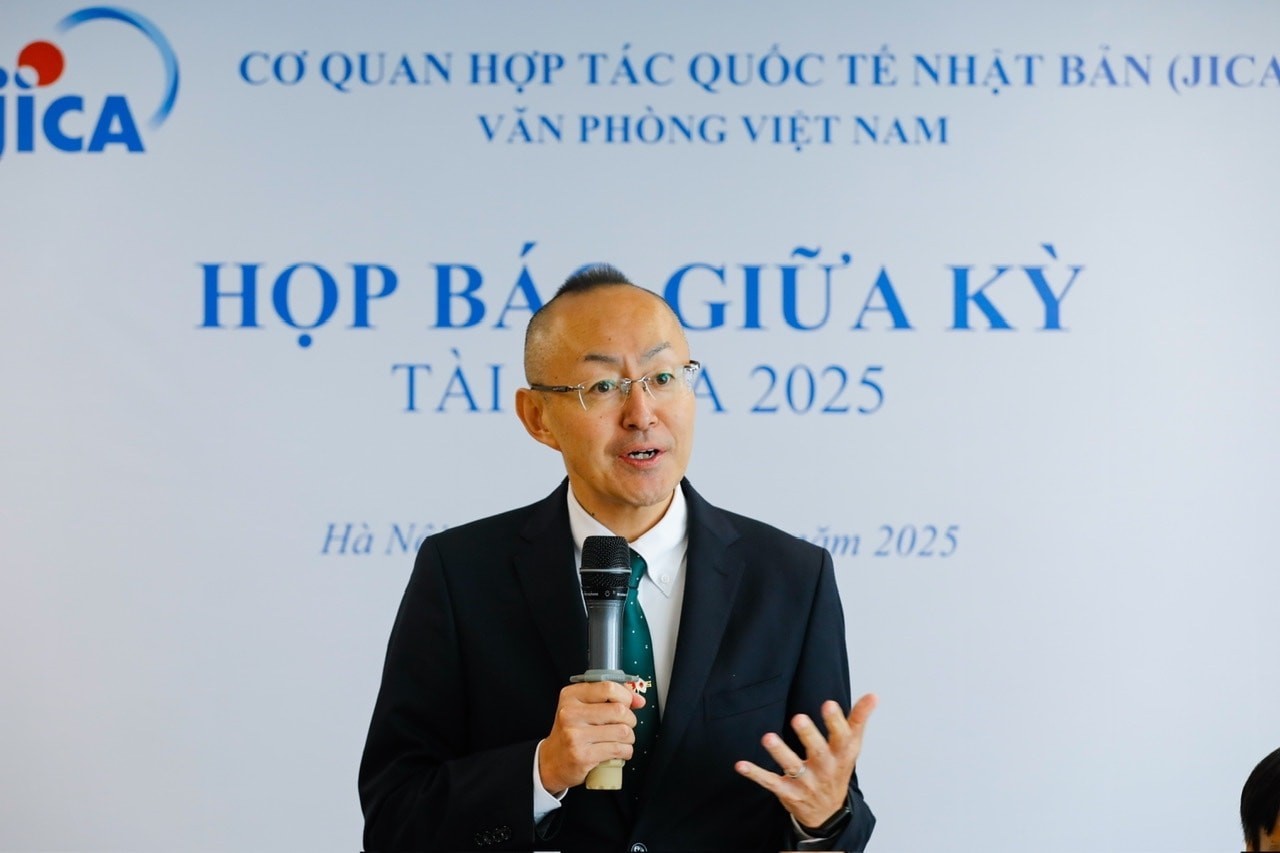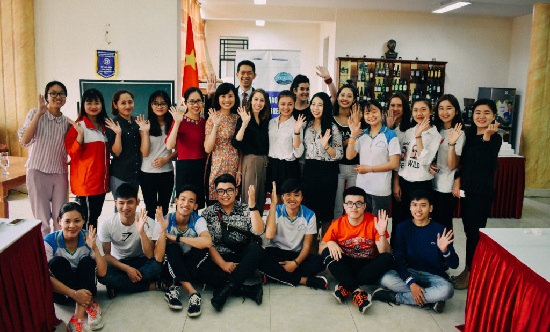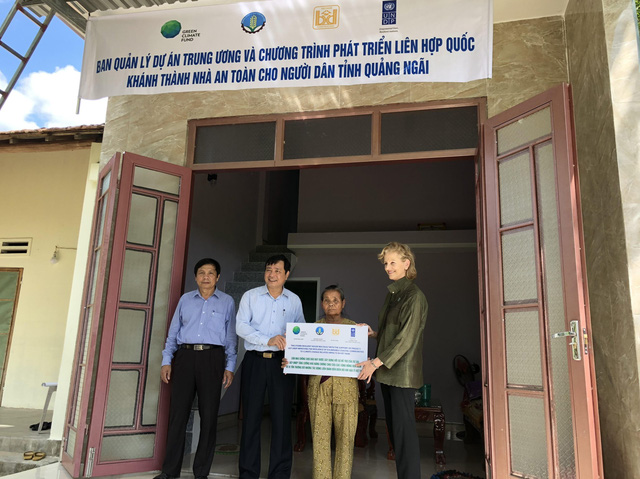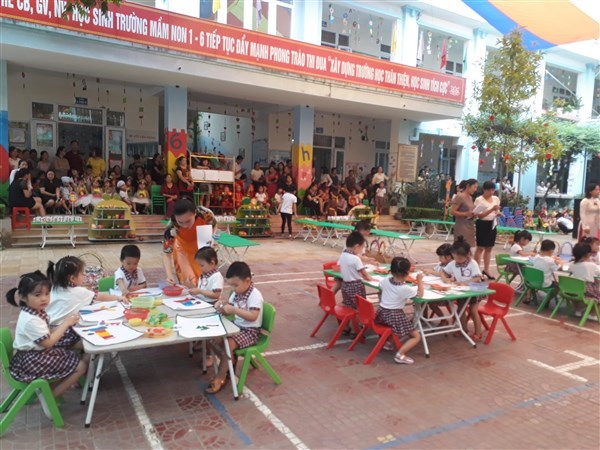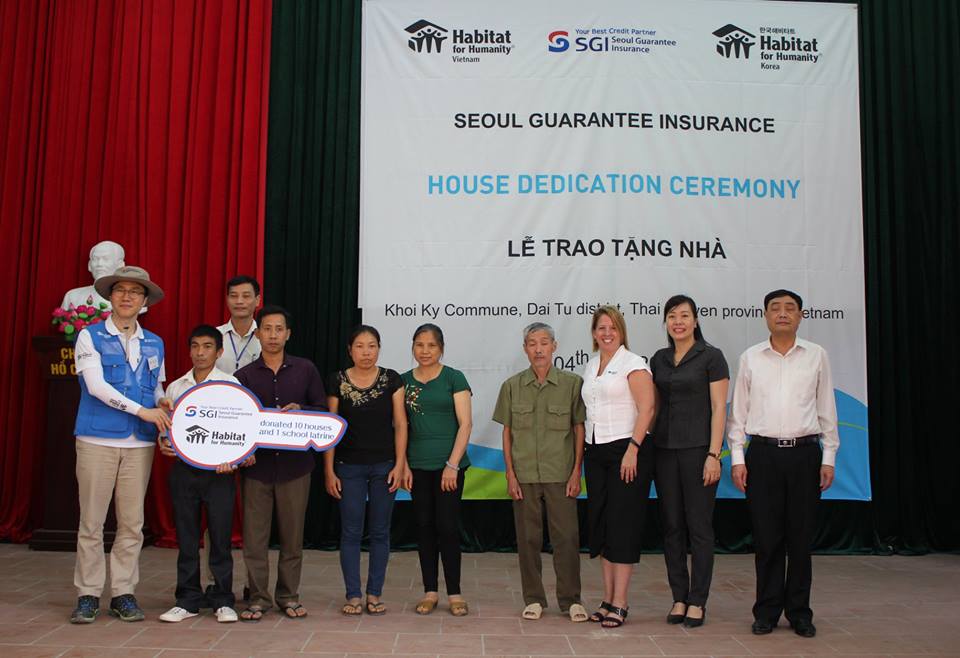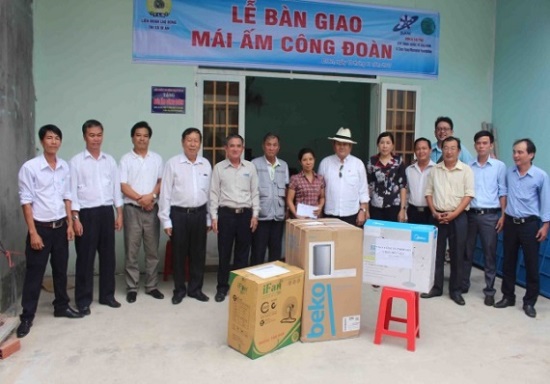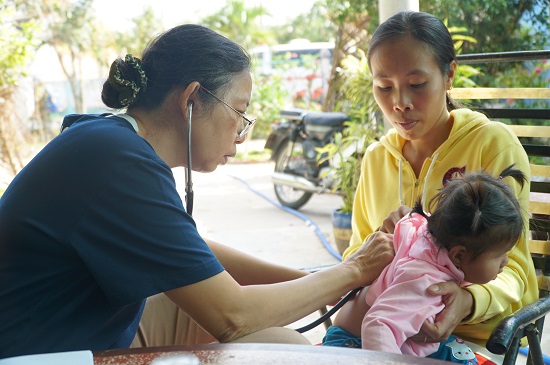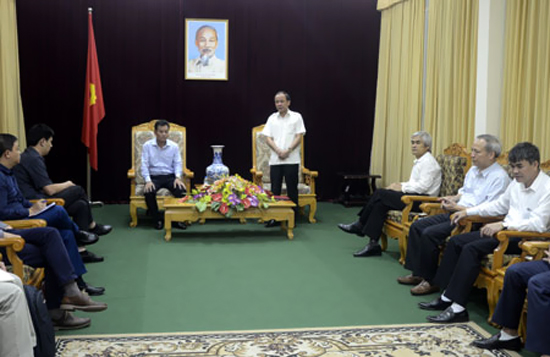We know that Save the Children has been working in Vietnam for nearly 30 years. So, could you please tell me more about your organization’s main activities for children?
Save the Children is one of the leading global independent organizations for children, working in 120 countries around the world. We started our work in Vietnam in 1990 through the implementation of a child nutrition project in Thanh Hoa Province. Since then, our programs have expanded to cover 22 provinces in sectors of Education, Health and Nutrition, Child Protection, Child Rights Governance, Child Poverty, Disaster Risk Reduction and Emergency Response.
Save the Children has an ambition to achieve immediate and lasting change in children’s lives. Through both development and humanitarian programs, we endeavor that every last child will have the opportunity to survive, learn and be protected. We established particular focus on reaching the most deprived children within a community, including ethnic minorities, migrant children, children with disabilities, children affected by poverty, LGBT youth, and their families.
For example, in education, we work to strengthen school readiness of ethnic minority children living in remote and hard to reach areas, and to achieve good learning outcomes once they enroll to schools. In order to achieve this, we employ a number of interventions. These include development of age appropriate books, use of mother-tongue-based multilingual education approach, close collaboration with schools, parents and communities to support children’s literacy.We work with teachers and parents to support inclusion of children with disabilities in schools too.
We also work to improve health and nutrition of ethnic minority children. Ethnic minorities living in remote and hard to reach areas, still have 3 times higher maternal mortality rates and 2.5 times higher mortality rates of children under the age of five, comparing to the national average. Malnutrition rates among ethnic minority children are at 32%, twice the rate of the Kinh children. Together with our partners, we work to improve health services in remote areas, and promote adequate feeding practices for pregnant mothers and their children. We also help communities to develop adequate agricultural practices to support healthy diet.
Protection of children from all forms of violence and abuse is another important area of our work. We work to strengthen the quality of child protection system and introduce positive child discipline at home and in school, instead of physical and corporal punishment. We are raising awareness of parents on how to protect children from sexual abuse, both in digital and real world.
Following the impressive economic growth of Vietnam, we have started to advocate for integration of child rights into business practices of private sector companies and we sup, port youth from migrant communities to develop their employability skills. We are also building capacities of civil society in Vietnam to monitor and support implementation of the UN Convention on Child Rights. Vietnam was the first country in Asia, and second country in the world to ratify this Convention.
Finally, in the implementation of our programs, we are always promoting innovation through developing and providing evidence-based, replicable solutions to the problems children are facing. Another component of our work are strong partnershipswith Government and civil society. This way, we can achieve results at scale by expanding effective and sustainable approaches.
Supports for flood-affected families
Save the Children has been known as a leading organization working in humanitarian aids and social security. Could you please give me more information about your humanitarian works?
Yes, humanitarian response is very important part of our support to children and their families, we all know that Vietnam is one of the countriesmost prone to natural disasters in the world. Save the Children works to build resilience of children, schools and communities so that they know how to react to disasters in order to minimize losses and damages. Also, when disasters happen, we provide vital support to affected communities.
In 2017, we have run 9 emergency response projects in Vietnam with total budget of more than USD1.1 million. For example, we provided support to affected children and their families during recent flash floods in Yen Bai and Son La provinces, and responded to Doksuri typhoon in Ha Tinh, Quang Binh and Quang tri provinces.Most recently, we have been running an emergency project to support children and families affected by Damrey Typhoon in Quang Nam, Quang Ngai, Da Nang and Khanh Hoa. Based on the actual needs, our teams and partners respond to the most urgent needs through distribution ofwater filters, household kits, education kits or multi-purpose cash to the most affected population.By mid-December 2017, we have directly reachedmore than 65,000 beneficiaries.
In the coming time, how does your organization work with relevant agencies and local partners in Viet Nam in order to ensure that poor and marginalized children can benefit from development process?
We are very grateful for strong collaboration and commitment from our partners, both from Government and civil society sector of Vietnam. Without them, we certainly would not be able to provide adequate support to the children in need, nor achieve sustainable results. We collaborate with the sectoral ministries and their departments at provincial and sub-provincial levels, People’s Committees, mass organizations. We have also had strong collaboration with communities, parents and children themselves. They are the ones who carry on with implementation and further advancement of good practice models developed through our joint projects.In addition we also work with other INGOs, international agencies and donors in order to achieve the best results.
In the future, we will maintain partnerships with these agencies and stakeholders. However, strategically, we hope to seemore of multi-sectoral cooperation in working on issues that most vulnerable Vietnamese children face. Why? Because poverty or malnutrition are complex problems that require involvement and expertise of multiple sectors in order to be solved.
What do you think about the cooperation between Save the Children and VUFO?
On behalf of Save the Children, I would like to take this opportunity to thank VUFO for consultations, guidance in complying with the laws and regulations, and all the other support to ensure smooth running of our operations. In particular, I would like to emphasize prompt and valuable support we are receiving at the time of emergency responses, ensuring that we and other INGOs reach population in need timely and effectively.
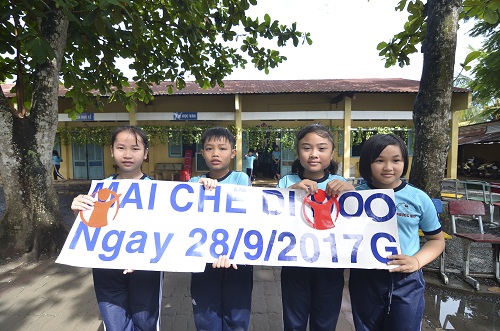
Children protected by Save the Children
What are your remarkable experiences working in Vietnam so far?
I have been working in Vietnam for over a year now, and I have had a chance to visit various program locations. Wherever I went, from north to the south of the country, I have been impressed by the commitment of our team and partners toimprove children’s lives. One of the most remarkable memories is from a visit to a school in Yen Bai province. The school is placed high in the mountains, attended mainly by ethnic minority children who walk for a couple of hours just to reach the school. Road conditions are poor, and it is not easy for teachers to come to their workplace, especially during the rainy season. Yet, even in these very difficult conditions, I could witness some high quality classes and children learning through play with locally developed learning materials. Teachers had assistants who supported children to understand the topic in their own language, this way developing their Vietnamese language skills too. It is always heartwarming and inspiring to see these improvements in children’s lives. And we have to do much more!
Thank you very much!
Ha My

